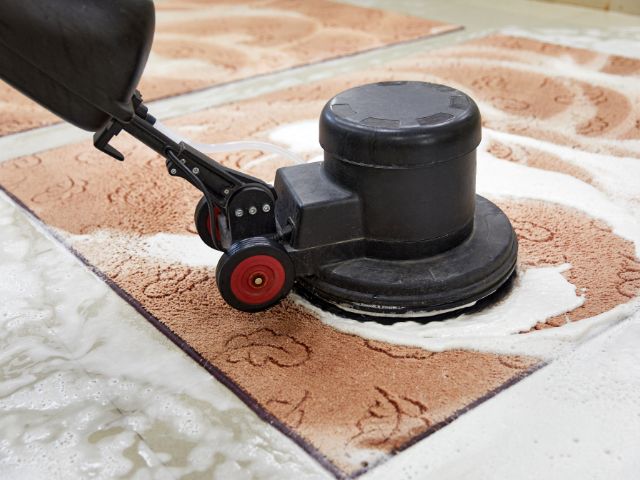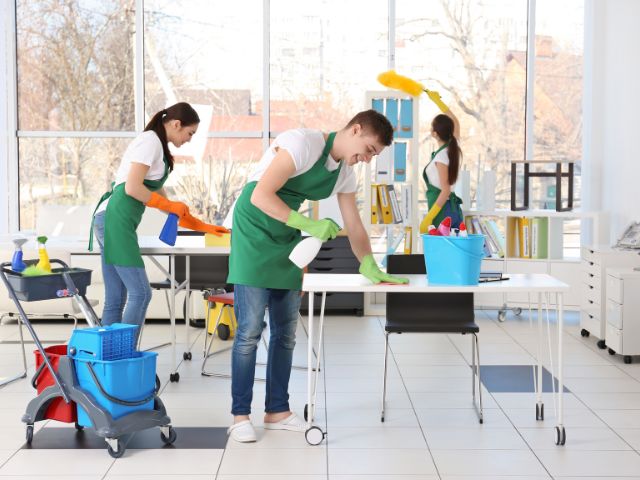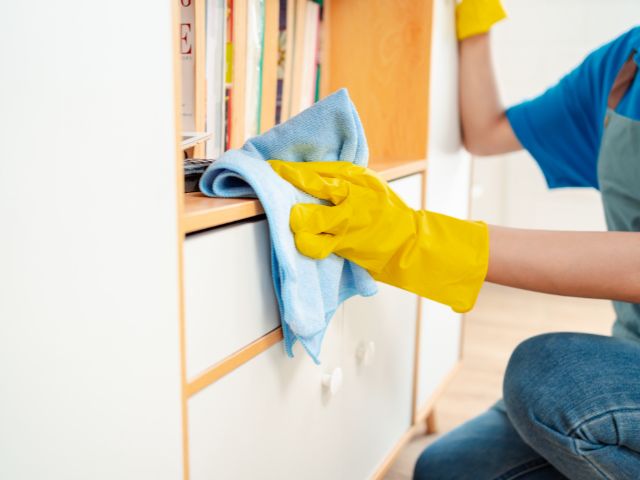Maintaining a healthy home environment is essential, yet many homeowners face the challenges posed by mold and mildew. These unwanted intruders can compromise your living space’s aesthetics, structural integrity, and even your health. In this comprehensive guide, we’ll provide expert advice on identifying, preventing, and removing mold and mildew. Whether you’re dealing with a small patch or a more extensive outbreak, our tips will help you keep your home safe and pristine.
Understanding Mold and Mildew
Mold and mildew are fungi that flourish in moist environments, and while they might seem harmless at first, their effects can be far-reaching. Understanding the differences between the two is the first step in tackling any infestation.
What Is Mildew?
- Appearance: Mildew typically appears as a flat, powdery, or fluffy growth with colors ranging from white to gray.
- Common Locations: It is most often found on surfaces in damp areas such as bathrooms, kitchens, and windowsills.
- Impact: Although mildew is generally less harmful than mold, it can still cause staining and unpleasant odors.
What Is Mold?
- Appearance: Mold often looks fuzzy or slimy and can appear in shades of black, green, or brown.
- Common Locations: Mold tends to develop on porous materials like wood, drywall, and fabrics, penetrating surfaces and making it more challenging to eliminate.
- Health Effects: Exposure to mold can trigger respiratory issues, allergies, and skin irritations, particularly in individuals with preexisting health conditions.
By understanding these differences, you’ll be better equipped to recognize potential problems before they escalate into severe infestations.
Identifying Mold and Mildew in Your Home
Early detection is key to mitigating the impact of mold and mildew. Homeowners should be vigilant and proactive by regularly checking for signs of moisture and growth.
Key Indicators to Watch For
- Visible Spots: Look for discolored patches on walls, ceilings, or floors.
- Persistent Odors: A musty or earthy smell can indicate the presence of mold or mildew even if you can’t see it.
- Water Damage: Stains, warping, or bubbling of walls and ceilings are common signs that moisture is infiltrating your home.
- Health Symptoms: Recurring respiratory issues, such as coughing or sneezing, may be a sign that mold spores are present in your environment.
By regularly inspecting these areas, you can catch issues early and reduce the risk of extensive damage.
Preventing Mold and Mildew: A Proactive Approach
Preventing mold and mildew growth is far more effective—and often less costly—than extensive cleaning and remediation later. With proper strategies in place, you can keep your home dry and your indoor air quality high.
Control Humidity Levels
One of the most effective ways to deter mold and mildew is by controlling humidity in your home. Maintain indoor humidity between 30% and 50% by using dehumidifiers and ensuring proper ventilation. High-moisture areas such as bathrooms, kitchens, and basements should be prioritized. This proactive measure is essential for mold prevention.
Fix Leaks Immediately
Water is the lifeblood of mold and mildew. Leaks in roofs, windows, pipes, or appliances create ideal conditions for fungal growth. Promptly repairing any leaks not only protects your home from water damage but also curbs the environment mold and mildew need to thrive.
Ensure Proper Ventilation
Good air circulation is a natural deterrent for mold and mildew. Keep your home well-ventilated by:
- Using exhaust fans: Install them in bathrooms and kitchens.
- Opening windows: Letting fresh air in can help dissipate moisture.
- Installing vents: These are particularly useful in attics and basements.
Insulate Surfaces
Proper insulation of walls and pipes can help reduce condensation, thereby preventing moisture buildup. This is particularly important in colder climates where condensation is more likely to occur.
Regular Cleaning and Maintenance
Routine cleaning can drastically reduce the likelihood of mold and mildew development:
- Bathrooms: Wipe down tiles, shower walls, and sinks regularly.
- Kitchens: Keep areas around sinks and dishwashers dry and clean.
- Basements and Attics: These areas are prone to higher humidity, so periodic cleaning and inspection are crucial.
- HVAC Systems: Regularly service your air conditioning and heating systems to ensure they do not become a breeding ground for mold.
By implementing these strategies, you’re investing in long-term home health and safety.
Removing Mold and Mildew Safely
Even with rigorous preventive measures, mold and mildew can sometimes find their way into your home. When this happens, it’s important to know how to remove them safely and effectively.
Preparation Is Key
Before beginning any cleaning process, make sure to:
- Wear Protective Gear: Gloves, goggles, and a mask are essential to prevent exposure to mold spores.
- Ensure Adequate Ventilation: Open windows and doors to disperse any airborne spores during cleaning.
- Gather Supplies: You’ll need a detergent, water, a soft brush or sponge, and possibly a mild disinfectant.
Cleaning Non-Porous Surfaces
For surfaces like tiles, glass, and metal:
- Mix a Cleaning Solution: Combine water with a mild detergent.
- Scrub Thoroughly: Use a sponge or brush to scrub the affected area.
- Rinse and Dry: Rinse the area with clean water and then dry completely to prevent moisture from reaccumulating.
Addressing Porous Materials
Porous surfaces such as wood, carpet, and ceiling tiles can be more challenging:
- Light Infestations: In some cases, gentle cleaning may be sufficient.
- Severe Infestations: If the mold is deeply embedded, it might be necessary to dispose of the material and replace it to ensure thorough remediation.
Using Natural Remedies
For homeowners who prefer eco-friendly options:
- Vinegar: A natural disinfectant that can inhibit mold growth.
- Baking Soda: Often used in combination with vinegar to scrub and remove mold stains.
- Tea Tree Oil: Although more expensive, it’s a potent antifungal agent that can be diluted in water for cleaning purposes.
Disposal and Aftercare
After cleaning, any contaminated materials should be sealed in a plastic bag and discarded appropriately. Always clean your cleaning tools afterward to avoid spreading spores to other areas of your home.
When to Seek Professional Assistance
While many mold and mildew issues can be tackled with DIY methods, there are instances when professional help is necessary.
Extensive Mold Growth
If mold covers an area larger than 10 square feet, it’s time to consider professional remediation. Extensive growth may indicate underlying issues that require expert attention.
HVAC System Contamination
Mold in your HVAC system can circulate spores throughout your home, compromising indoor air quality. Professional cleaning and maintenance are crucial to ensuring your heating and cooling systems are safe and efficient.
Health Concerns
For individuals with respiratory problems, allergies, or weakened immune systems, professional remediation can minimize the risk of exposure and ensure a safer environment.
At Fresh Flare Cleaning Services, our experienced team is equipped to handle both minor and extensive mold and mildew issues. We prioritize eco-friendly practices and advanced cleaning techniques to provide a safe, healthy home environment.
Expert Tips for Long-Term Home Health
Maintaining a mold-free environment is an ongoing effort. Here are some additional expert tips to keep your home in optimal condition:
- Monitor Moisture Levels: Regularly check the humidity in different parts of your home, especially after heavy rain or seasonal changes.
- Routine Inspections: Schedule periodic inspections of high-risk areas like basements, attics, and bathrooms.
- Educate Your Family: Make sure all household members are aware of the importance of keeping surfaces dry and reporting any signs of leaks or moisture.
- Invest in Quality Tools: Using high-quality dehumidifiers and air purifiers can make a significant difference in maintaining air quality.
Implementing these proactive measures will help ensure that your home remains a safe haven for you and your family.
Final Thoughts and Key Takeaways
In summary, managing mold and mildew is an essential part of home maintenance. By understanding the differences between mold and mildew, identifying early signs, and taking proactive steps, you can protect your home from these persistent intruders. The advice provided in this guide—from regular cleaning and moisture control to proper ventilation and insulation—serves as a comprehensive roadmap to keep your space healthy and inviting.
Remember, effective mold prevention is achievable with the right approach and vigilance. Whether it’s tackling small areas of mildew or addressing more widespread mold growth, the steps outlined above will empower you to create a safer environment for your family.
For more expert advice on maintaining a pristine home, be sure to explore our previous blog: Steam Cleaning Explained: Benefits, Techniques, and Best Practices. We encourage you to continue learning about the best practices in home care and cleaning, and to stay updated with the latest tips and tricks to keep your space in optimal condition.
Your home deserves the highest level of care and attention. Invest in proper cleaning practices and proactive maintenance, and let our team at Fresh Flare Cleaning Services help you achieve a healthier, cleaner living space. Take the next step in safeguarding your home today!




